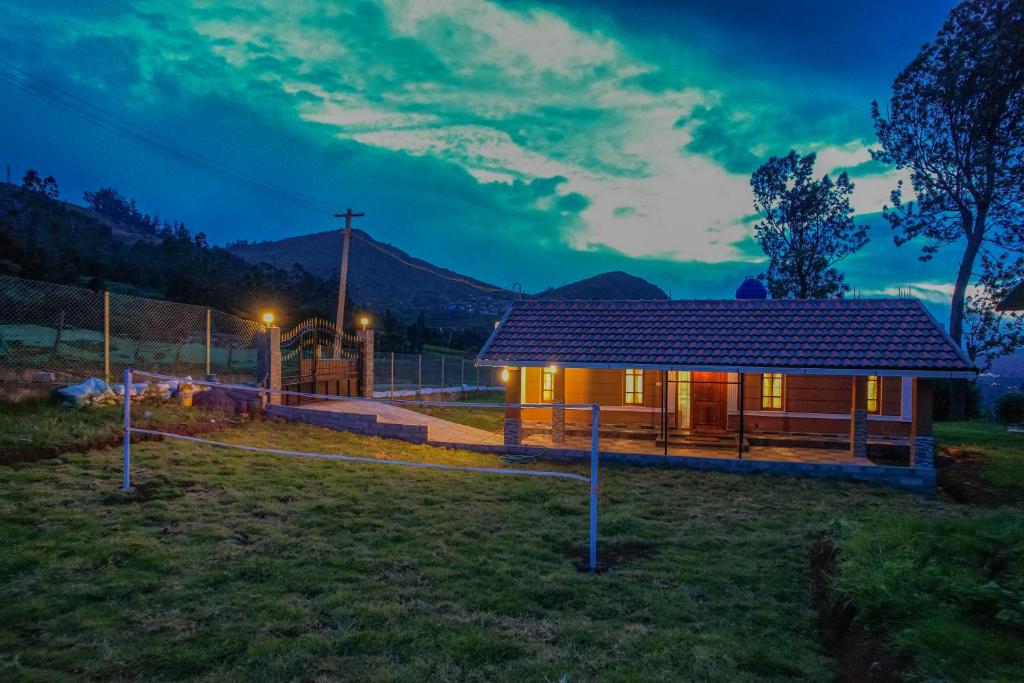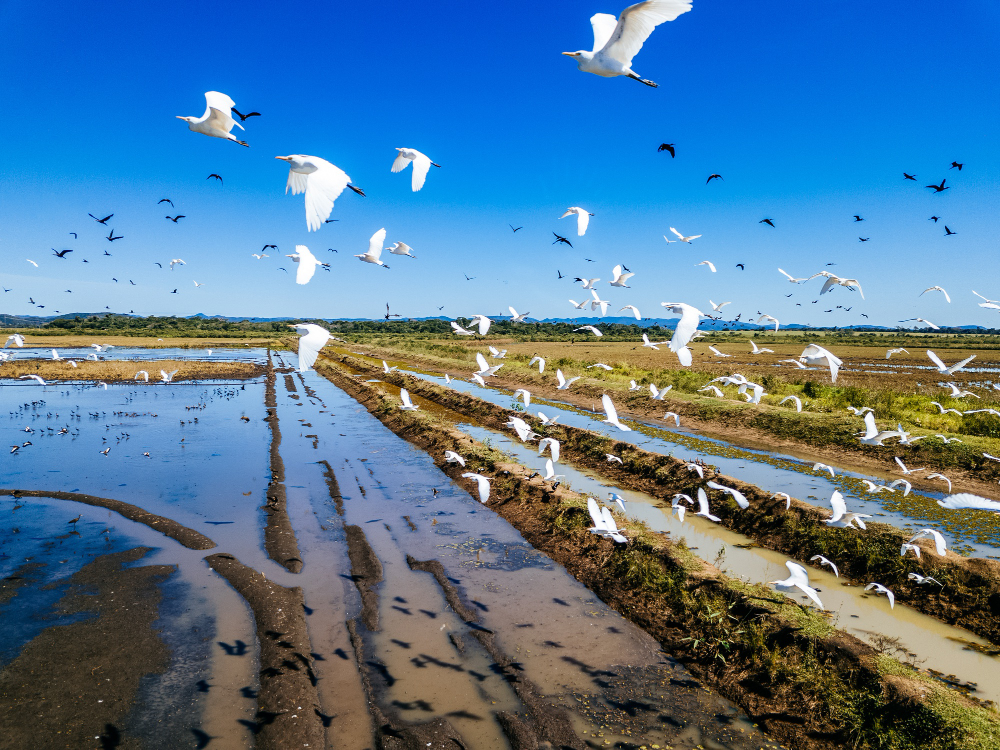 Pin
Pin Photo by Helena Lopes
Becoming a digital nomad is more than just working from exotic locations—it’s about freedom, flexibility, and designing life on your own terms. Whether you’re a freelancer, remote worker, or entrepreneur, the working nomad lifestyle lets you break free from the traditional 9-to-5 and explore the world while earning a steady income. But making this dream a reality requires the right mindset, skills, and planning.
In this step-by-step guide, you’ll learn how to transition into remote work, find the best work for nomads, and set up a sustainable lifestyle. From choosing the right job to managing finances and staying productive on the road, we’ll cover everything you need to know. If you’re ready to escape the office and build a location-independent career, let’s dive in!
Table of Contents
1. Why Do You Want to Be a Digital Nomad?
Before anything else, ask yourself: Why do you want this lifestyle? Some people chase freedom, others want adventure, and a few just hate offices. If you’re running away from something, you’ll burn out fast. But if you’re running toward something, this could be the best decision of your life.
Most nomads want to escape the traditional work-life trap. No commutes, no bosses breathing down your neck, no soul-crushing routine. The idea of waking up in Thailand, working from a beach café, then exploring a new city at sunset? Yeah, that’s the dream.
But it’s not just about travel. It’s about building a life where work fits around you, not the other way around. Some days are exciting, others feel lonely. Some months, money is flowing, other months, it’s a struggle. The people who make this work aren’t just dreamers—they’re problem-solvers.
Be real with yourself. If you just want a vacation, this isn’t for you. But if you’re ready to build something sustainable, keep reading. This guide will break it all down. And for the full roadmap, check out The Ultimate Guide to Digital Nomad & Remote Work Travel.
2. Finding a Remote Income Stream
The biggest mistake? Quitting your job without a plan. Travel isn’t free, and running out of money in a foreign country is not the adventure you want. Before booking that one-way ticket, lock in a remote income.
There are three main ways nomads make money:
- Remote jobs – Working for a company but from anywhere. Stable income, but you still have a boss. Check remote job boards like We Work Remotely or Remote OK.
- Freelancing – Selling skills like writing, design, coding, or marketing. Clients pay you per project, and you’re your own boss. Sites like Upwork and Fiverr help you start.
- Passive income – Things like blogs, YouTube, online courses, or digital products. This takes time but gives the most freedom long-term.
Some people mix all three. A remote job for stability, freelancing on the side, and a passion project that might turn into passive income later. No single path works for everyone, but having at least one reliable income stream before leaving makes everything easier.
Still unsure which route fits you? The Ultimate Guide to Digital Nomad & Remote Work Travel covers it in detail.
3. Picking Your First Digital Nomad Destination
You’ve got income sorted. Now, where do you go first? The world is huge, but not every place works for remote work. Fast WiFi, low cost of living, a community of nomads, and safety all matter.
- Most first-timers start in Southeast Asia, Latin America, or Europe.
- Southeast Asia (Thailand, Vietnam, Bali) – Cheap, great weather, good WiFi, and a huge nomad community. You can live comfortably for $1,000–$1,500/month.
- Latin America (Mexico, Colombia, Argentina) – Affordable, great food, vibrant culture, but safety varies by city.
- Europe (Portugal, Spain, Georgia) – More expensive but with amazing infrastructure, easy visas, and a solid quality of life.
- Start with a city known for being digital nomad-friendly. Chiang Mai, Canggu, Medellín, and Lisbon are classics. These places have coworking spaces, meetups, and a strong remote work culture.
Pick a cheap, easy place first. If you love it, stay. If not, move on. The beauty of this lifestyle? You’re never stuck.
4. Sorting Out Visas and Legal Stuff
A one-way ticket sounds fun—until immigration asks how long you’re staying. Visa rules vary, and staying legally is your responsibility. Some countries offer digital nomad visas, others allow tourist visas with extensions, and a few turn a blind eye as long as you don’t work locally.
Here’s how most nomads handle visas:
- Short stays (1-3 months): Many countries let you stay on a tourist visa. Some allow extensions, but check before you go.
- Long-term visas: Countries like Portugal, Mexico, and Thailand now offer digital nomad visas with stays of 6 months to 2 years.
- Visa runs: In some places, people leave the country and return to reset their visa. This works in some areas (like Thailand to Malaysia) but can get risky.
Also, don’t forget taxes. Just because you work online doesn’t mean you don’t owe taxes somewhere. Some nomads set up tax residency in friendly countries to avoid double taxation. If this sounds confusing, a tax consultant is worth it.
5. Finding a Place to Stay
You land in a new country—now what? Hotels burn money fast, and hostels get old quickly. Long-term stays are the way to go, but finding the right spot takes some work.
Most nomads stay in Airbnb apartments, co-living spaces, or short-term rentals.
- Airbnb: Great for short stays (a few weeks), but expensive long-term. Always message the host and negotiate for a monthly discount.
- Co-living spaces: These are built for digital nomads. You get a private room, shared common areas, and fast WiFi. Some popular ones include Outsite, Selina, and Roam.
- Local rentals: Best for long-term stays (3+ months). Use Facebook groups, local rental websites, or ask other nomads. Prices drop dramatically when you rent like a local.
Location matters. You don’t want to end up in a tourist trap paying triple the local price. Stay near coworking spaces, good cafes, and public transport. Some nomads book a place for a week, then look for a better deal once they arrive.
6. Setting Up Your Workspace & Internet
Nothing kills productivity faster than bad WiFi or trying to work from a noisy hostel dorm. If you’re serious about making this lifestyle work, setting up a proper workspace is non-negotiable.
Three ways digital nomads work efficiently:
- Coworking spaces – The best option for productivity. Reliable internet, comfortable desks, and a built-in community. Cities like Chiang Mai, Bali, and Medellín have world-class coworking spots.
- Cafés – A good alternative if you find a place with solid WiFi. Just don’t be that person taking Zoom calls in a tiny coffee shop.
- Home setup – If you rent an Airbnb or apartment, check the WiFi speed before booking. Always ask for a screenshot of the speed test.
Backup internet is a lifesaver. Get a local SIM card with data or a portable WiFi device. Nothing worse than losing a client because of a weak connection. Some nomads also use VPNs to keep their data secure on public networks.
A good setup makes the difference between struggling and thriving.
7. Staying Productive on the Road
The hardest part about being a digital nomad? Actually getting work done. New places, distractions, and the urge to explore make it easy to procrastinate. If you don’t manage your time well, your income (and lifestyle) will suffer.
How to stay productive while traveling:
- Create a routine. Even if your schedule is flexible, having set work hours helps. Some people do mornings, others work at night—it doesn’t matter as long as you’re consistent.
- Use productivity tools. Apps like Trello, Notion, and Toggl help track tasks and time. A simple to-do list works, too.
- Find accountability. Joining coworking spaces, mastermind groups, or even working with a friend makes a difference. Being around productive people keeps you on track.
- Set work boundaries. It’s tempting to always be “on,” but burnout is real. Separate work time and explore time so you don’t feel guilty doing either.
Discipline is the key to making this lifestyle last. If you can’t manage yourself, remote work won’t work for you.
8. Managing Money & Avoiding Scams
Money disappears fast if you don’t manage it well. Exchange rates, ATM fees, and unexpected expenses add up. And yes, scams happen—especially when you’re new. Being smart with your money keeps you on the road longer.
How digital nomads handle money:
- Use borderless banking. Banks like Wise, Revolut, or N26 let you hold multiple currencies, avoid high fees, and withdraw cash cheaply.
- Always have backup funds. A separate emergency account (at least 3 months of expenses) keeps you safe if clients disappear or your laptop breaks.
- Watch out for scams. Sketchy ATMs, overcharging taxis, fake rental listings—it happens everywhere. Always research common scams in each country.
- Budget realistically. Track your spending for the first month. Apps like Trail Wallet help. Some cities are cheap, but costs sneak up fast if you’re not paying attention.
Being a digital nomad isn’t about spending less—it’s about spending smart. When your money is managed well, you stress less and enjoy more.
9. Building a Social Life as a Digital Nomad
One of the biggest struggles? Loneliness. You’re constantly moving, leaving friends behind, and starting over. It’s exciting, but it can also feel isolating. The good news? Nomads are everywhere, and finding your people makes this lifestyle way better.
How to make friends on the road:
- Coworking spaces & co-living – These are full of like-minded people. Some even host networking events, skill shares, and community dinners.
- Meetup apps & Facebook groups – Join local digital nomad groups, attend events on Meetup, or check apps like Bumble BFF to meet people.
- Hostels & traveler meetups – Even if you don’t stay in hostels, many have open events where you can meet others.
- Hobbies & fitness classes – Join a yoga class, dance school, or local sports group. Shared interests make friendships easier.
Social burnout is real, too. Some nomads get tired of always meeting new people and never forming deeper connections. The trick? Stay longer in one place. Building a real social circle is easier when you’re not rushing to the next destination.
10. Making This Lifestyle Sustainable
It’s easy to get caught up in the excitement of traveling full-time. New places, new people, new experiences—it’s addictive. But long-term success as a digital nomad isn’t just about travel. It’s about balance.
What makes nomads last?
- Stable income. Relying on savings won’t cut it. Long-term nomads have a steady income stream—remote jobs, freelancing, or passive income.
- Slower travel. Moving every few weeks is exhausting. Many nomads stay 1-6 months per location to avoid burnout and build real connections.
- Prioritizing health. Eating well, staying active, and keeping a sleep routine matter. Being on the road isn’t an excuse to let your health slide.
- A long-term plan. Some people nomad for a year, others make it a lifestyle. Having a plan for where you see yourself in 5+ years helps.
This lifestyle isn’t for everyone. But if you build it right, it can be the most freeing, exciting way to live. The key? Treat it like a marathon, not a sprint.


































